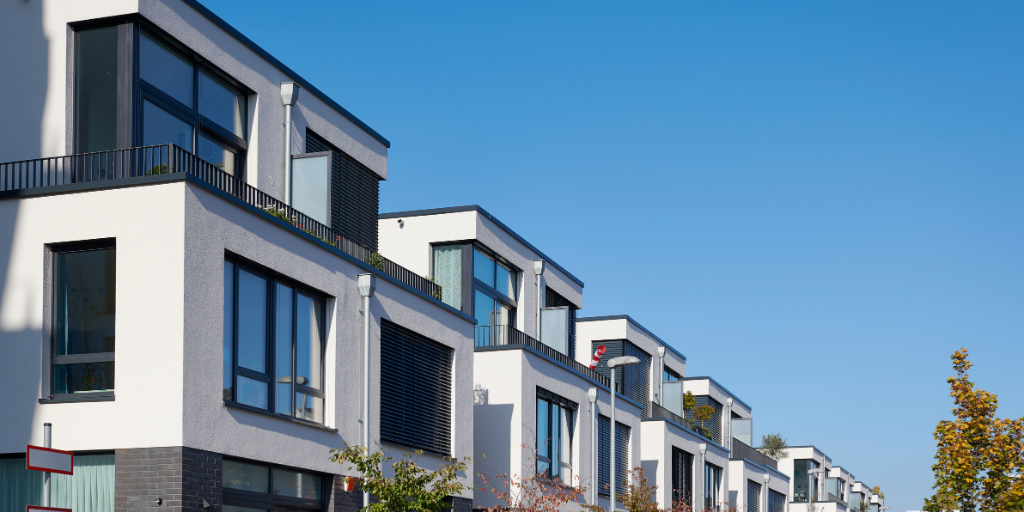MassINC has developed draft recommendations to the new Executive Office of Housing and Livable Communities that would improve management of the program. These have been crafted in consultation with municipal housing and economic development staff from Gateway Cities across the state. We look forward to discussing these ideas with EOHLC Secretary Ed Augustus and his team. Program expansion should go hand in hand with beefing up the program’s staffing, reporting, and project vetting.
–
Summary
MassINC’s Gateway Cities Innovation Institute believes that HDIP’s transparency and administration could and should be improved when it becomes a more significant housing production program. The Executive Office of Housing and Livable Communities already has the authority to review HDIP project underwriting and ensure that each development contributes to a healthy mix of incomes in the surrounding community. That means the agency can endorse 100% market-rate projects in places that lack such units, while encouraging income restrictions in stronger markets where they can be supported. The agency has no obligation to allocate state tax credits to any project.
However, MassINC cannot recommend implementing a “one-size-fits-all” affordability standard. Gateway Cities already contend with many costly regulatory requirements and construction challenges related to building code, historic preservation, parking, aging infrastructure, zoning and more. Imposing income restrictions can be especially burdensome for small and mid-sized developers, including many woman- and minority-owned businesses, that lack the dedicated staff and deep pockets necessary to manage a portfolio of subsidized units.
HDIP provides an average of $23K in state tax credits per unit, which falls far short of paying for income restricted units that may require $400K or more per unit in subsidy. That explains why requiring income restrictions at any level fundamentally changes each project’s economics and would force nearly all HDIP applicants to seek additional public funding from the Low-Income Housing Tax Credit or other state sources. This would delay construction further and increase competition for limited affordable housing funds.
Furthermore, such a policy change would shift funds away from our most challenged cities and make infill projects, smaller projects, and Main Street redevelopments less feasible. Perversely, this would result in less geographic equity and greater concentration of poverty in places like Fall River, Fitchburg, and Springfield.
In this scenario, MassINC projects that rather than building 12,000 homes over the next ten years, HDIP would produce less than 1,000 net new units, with fewer projects located in our most challenged cities.
Cities ranging from Chelsea to New Bedford have already seen their housing production plummet in recent years, and housing construction across Gateway Cities remains well below the historical levels of the 1970s and 1980s. This lack of production, combined with the relocation of displaced residents from the Boston area, has intensified competition with existing Gateway City residents for available homes. It is this dynamic which has caused the price spikes in Gateway Cities, not HDIP or new construction in general.
In conclusion, MassINC recommends that expanding HDIP under its current rules, coupled with better EOH oversight, will best address overall housing affordability by creating dense urban infill that supplements and relieves pressure on existing neighborhood homes. Creating a wider variety of housing choices will help small cities attract jobs, support local businesses, and retain families at a wider range of income levels.
